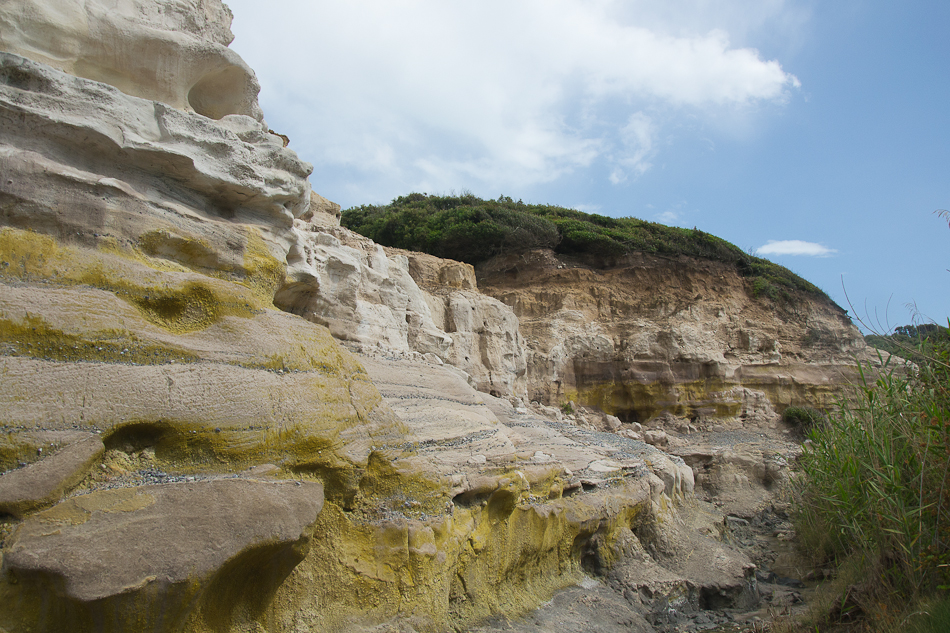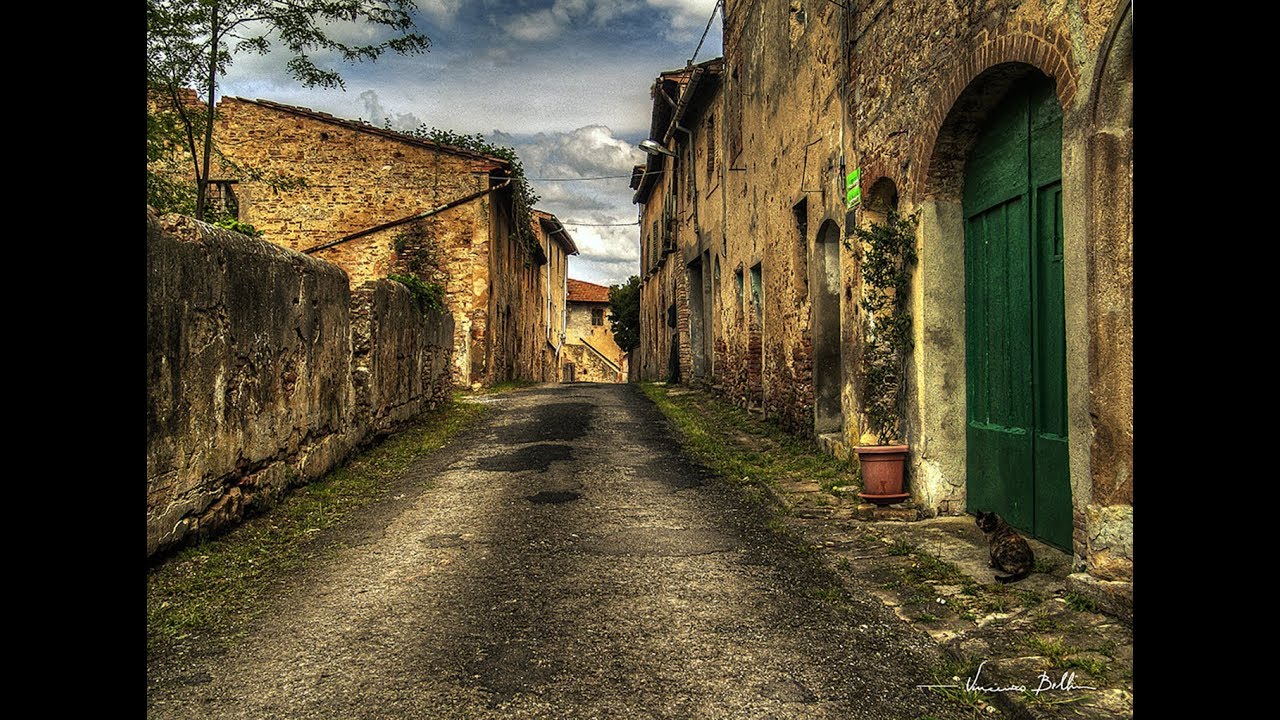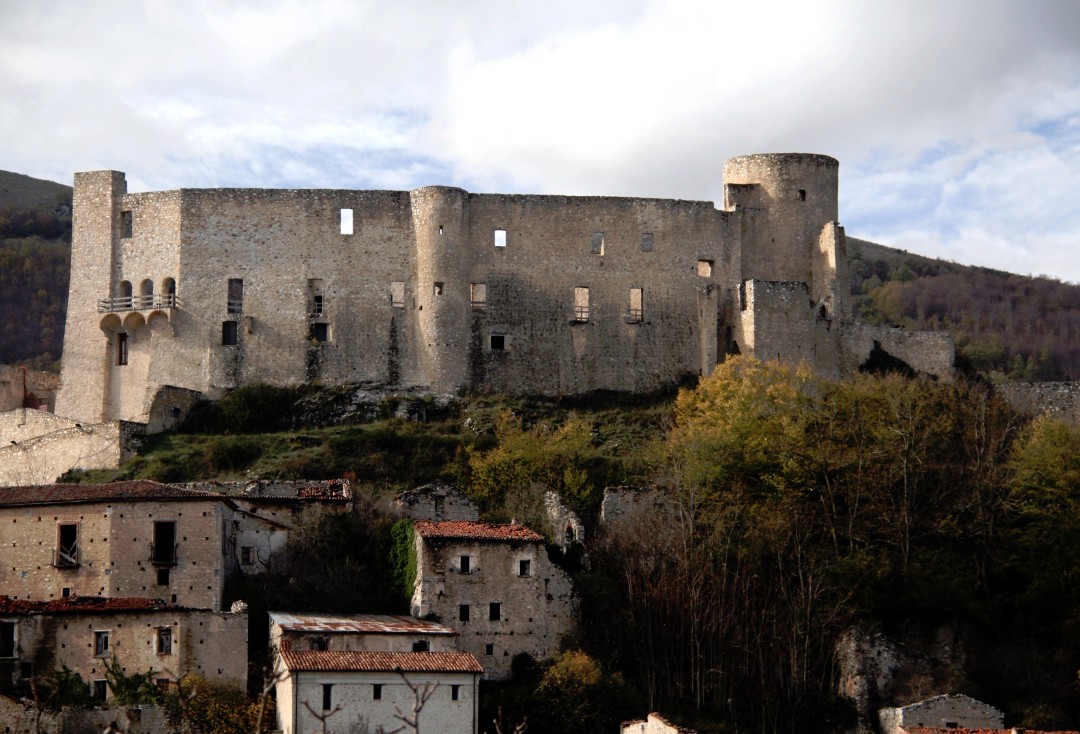It is located on the Tyrrhenian coast between the settlements of Lido di Lavinio and Via Ardeatina, at Km. 34.400 of the coastal road Anzio-Ostia. It covers an area of about 44 hectares of Mediterranean scrubland. The name originates from the watchtower that dominates the promontory, known as La Torre delle Caldane, erected in the Middle Ages to defend against Saracen raids.In 1813 the building was severely damaged during the landing of British troops. Having completed its restoration, an excavation project is now being implemented to unearth the Roman villa on which Tor Caldara was built. Currently, the technical-scientific management of the reserve, established by the Lazio Region in 1988, is delegated to WWF Italy through an agreement with the municipality of Anzio, the managing body of the reserve.
Tor Caldara constitutes one of the last remaining patches of forest on the coastal plains of Lazio, with enormous documentary value. The reserve is an example of a Mediterranean forest with a predominance of evergreens. 280 plant species are present, with 6 species per hectare. Among the most representative species of this dense formation are the holm oak, the cork oak, with splendid specimens, some hybrids of the turkey oak (Quercus crenata), and the strawberry tree. In addition, The forest preserves splendid specimens of oak, fametto, ash, and, on the banks of a small stream, alder. In the shelter of the holm oaks, we find the beautiful and rare florid fern (Osmunda regalis, pictured opposite), which is the true botanical treasure of the Reserve.
Poplars and ferns are observed in the wetter areas. Toward the sea, on the bank of cliff-like Pliocene sands and sandstones, there are lentisk and myrtle. A true rarity represents the thermal bunting (Cyperus polystachyos), which colonizes the coastal cliff: this is the second report, besides the one on the island of Ischia, of this floristic species in the European context.
The Tor Caldara area is rich in solfataras, ancient open-pit sulfur mines due to the rising gases of the Latium volcano. The old sulfur mining site resulted in the formation of a vast barren environment due to the accumulation of excavation spoil. Over time it has become a landscape of rare beauty, thanks to the strong contrast between the bare surfaces of the detritus and the lush green of the forest.
Among the fauna observed were wild rabbit, weasel, hedgehog, and fox. Numerous birds: woodcock, turtle dove, quail. Among predators, the owl. Very important are the nests, among the solfataras, of the colorful bee-eater,emblem of the Reserve (pictured right) while the seasonal marshes attract waders, ducks, grey heron, egret and night heron. Following the establishment of the protected area, and the cessation of hunting activities, some significant presences have been consolidated: such is the case of the wild rabbit colony. Dozens of turtles are hosted in the reserve and can be encountered on the beach. In addition, 9 species of reptiles, including the viper, 5 of amphibians, at least 50 of mainly migratory birds, 15 of mammals, and numerous species of invertebrates related to the different ecological niches present.













